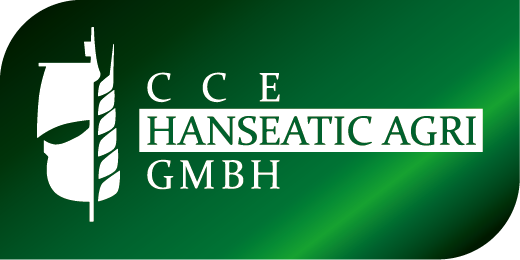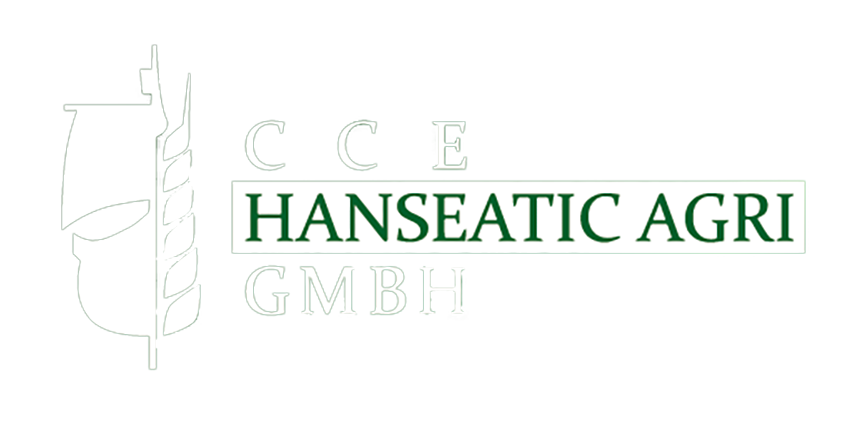In animal nutrition, choosing the right ingredients is crucial. It’s not just about the nutrients they contain but how well animals can digest them. This is where amino acids, digestive enzymes, and apparent digestibility come into play.
We focus on ingredient digestibility to ensure feed efficiency and market relevance. Apparent digestibility helps us assess ingredient value and optimize production.
We enhance product efficacy by selecting highly digestible ingredients, ensuring optimal nutrition and animal health. This approach strengthens our brand’s quality and market position as we guide you through the essentials of animal feed formulation.
What is digestibility in animal nutrition?
Digestibility in animal nutrition refers to the capacity of an ingredient to be effectively digested, absorbed, and utilized within an animal’s system, impacting both nutrient and energy uptake.
This factor is crucial for feed and animal food companies, guiding them in selecting the ideal raw materials specific to each species and food type.
Understanding digestibility is critical to optimizing production and reducing costs. As the industry evolves with new market trends and research breakthroughs, staying informed about ingredient digestibility becomes increasingly essential.
Companies can then re-evaluate and possibly replace ingredients for better value, ensuring the feed’s tangible efficiency.
Poor digestibility can lead to weight loss and nutritional deficiencies in animals, even if the feed’s nutritional table suggests sufficient nutrient content.
This highlights the importance of selecting nutrient-rich ingredients and ensuring their digestibility. The ultimate goal is to guarantee that the nutrients added to the feed are truly absorbable, emphasizing the need to prioritize the quality and digestibility of each component.
Main factors that affect digestibility
In animal nutrition, digestibility varies based on food type, raw materials, and the animal consuming the feed. Critical factors like acid-insoluble ash, feed intake, and amino acid composition significantly impact digestive efficiency. Let’s explore these elements in detail.
Consumption of Feed
The amount of feed consumed plays a vital role in digestibility. Larger quantities consumed at once can hinder digestion due to shorter retention times in the digestive tract. Conversely, smaller, more frequent portions can promote better nutrient absorption and digestion.
Particle Size
The size of feed particles is crucial. Fine particles can speed up food passage through the digestive tract, leading to less absorption of nutrients. However, the ideal particle size varies with the animal’s species and age, necessitating tailored feed formulations.
Chemical Composition
The chemical makeup of feed is a significant determinant of digestibility. Specific components can inhibit digestive enzymes, while an optimal composition with soluble proteins and carbohydrates enhances digestibility. It’s essential to balance these elements for maximum nutrient uptake.
Processing of the Food
Food processing affects both digestibility and palatability. Alterations in physical shape, texture, and particle size can make feed more or less appealing to animals, impacting how well nutrients are digested and absorbed.
Age
An animal’s age directly affects its digestive capability. Young and old animals have unique needs regarding food texture and nutritional content, as their digestive systems function differently at these life stages. Tailoring feed formulations to these age-specific needs is crucial for optimal nutrient absorption and high palatability.
The importance of connecting digestibility to palatability
In animal nutrition, the link between digestibility and palatability is crucial. Palatability encompasses the attractiveness of food, including taste, texture, appearance, and smell.
It’s vital to recognize that even the most nutrient-rich and digestible feed is ineffective if the animal rejects it due to unappealing characteristics. Such rejection can lead to nutritional deficiencies and compel owners or managers to seek alternative feeds.
Therefore, for a feed formulating company to thrive and gain authority in the market, it’s essential to ensure that feeds are high in nutritional and energy value and appealing to the animal’s gastrointestinal tract in terms of palatability. Balancing these aspects is critical to maintaining animal health and securing market prominence.
Ingredients that increase digestibility in animal nutrition
In animal nutrition, certain ingredients stand out for increasing digestibility, enhancing fecal energy, voluntary feed intake, nutritional value, and providing essential amino acids. Let’s explore some of these ingredients and their unique benefits.
Poultry Offal Meal
Poultry offal meal, rich in amino acids and minerals like phosphorus and calcium, offers an accessible, highly palatable, and efficient option for feed formulation. This meal, produced from meat offcuts, offal, giblets, and cartilage, ensures freshness and quality.
It exhibits impressive digestibility rates, with Standard Poultry Offal Meal showing at least 64% digestibility. The Low Ash variant, with lower ash and higher crude protein content, demonstrates even better rates, making it an excellent choice for pigs, fish, and pet feeds.
Pig Hide Meal
Pig hide meal is noted for its high protein content, palatability, and digestibility, making it a valuable ingredient in pet food. Produced from unprocessed pig hides, it guarantees at least 80% crude protein and a digestibility rate of 90%.
This high-quality meal becomes a key ingredient in pet food formulations due to its natural appeal and nutritional efficiency.
Feather Meal/Blood and Feather Meal
Feather or blood and feather meals, despite high keratin levels suggesting low digestibility, undergo pressure cooking and pressing, altering keratin’s structure.
This process makes the proteins and amino acids more absorbable, enhancing their use in fish, pig, and pet nutrition. With rigorous quality control, these meals offer a cost-effective, protein-rich alternative in feed formulations.
Chicken Protein Hydrolysate
Chicken protein hydrolysate, processed through enzymatic hydrolysis, yields shorter amino acid chains or bioactive peptides. These peptides, mostly under 2000 Da, aid in quicker digestion and absorption, benefiting the gastrointestinal tract.
With a crude protein level of 75%, a minimum digestibility of 90%, and low ash levels, this ingredient enhances feed performance and is highly palatable for pets, pigs, and fish. It’s especially beneficial in aquaculture, improving conversion and survival rates while minimizing water pollution.
Conclusion
In summary, the success of animal feeds in the market hinges on their ability to deliver nutrition, growth, and overall animal well-being. Feeds can achieve these crucial goals by focusing on ingredients with high digestibility and palatability. Continuous innovation and adaptation in ingredient selection are critical to enhancing product value and reducing costs, benefiting producers and animals.
Hanseatic-Agri stands at the forefront of this approach, leading the wholesale supply of bulk animal feeds. For those looking to elevate their animal nutrition solutions, Hanseatic-Agri represents a reliable and quality-driven choice.



